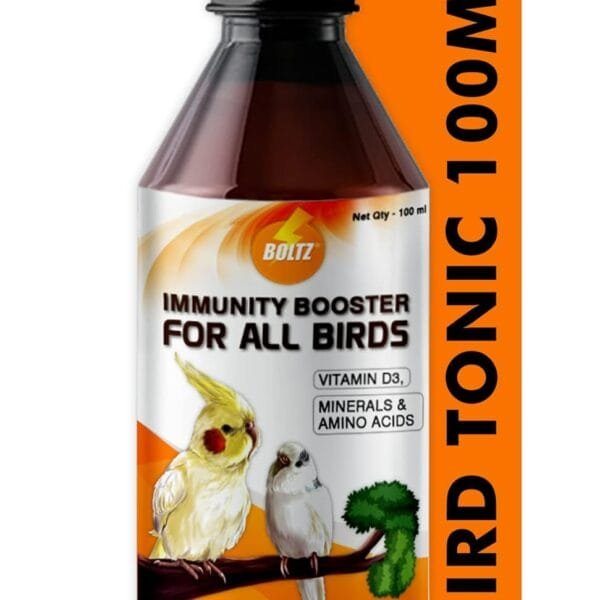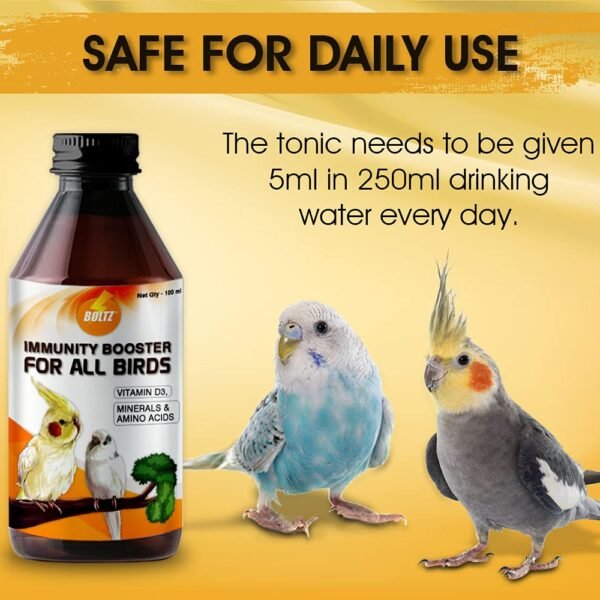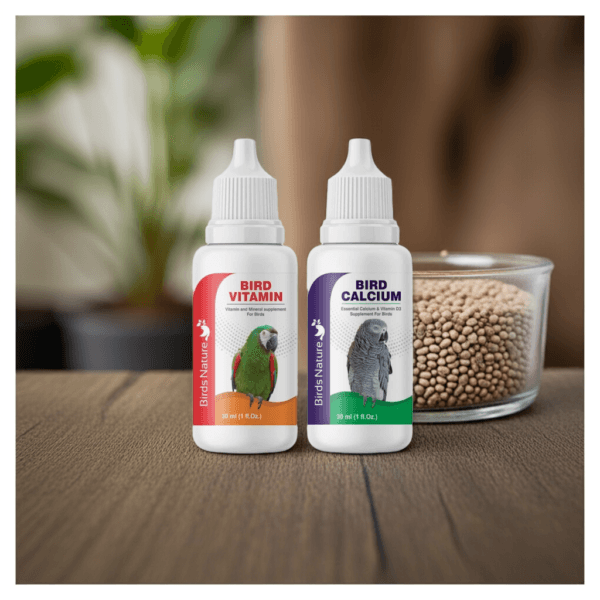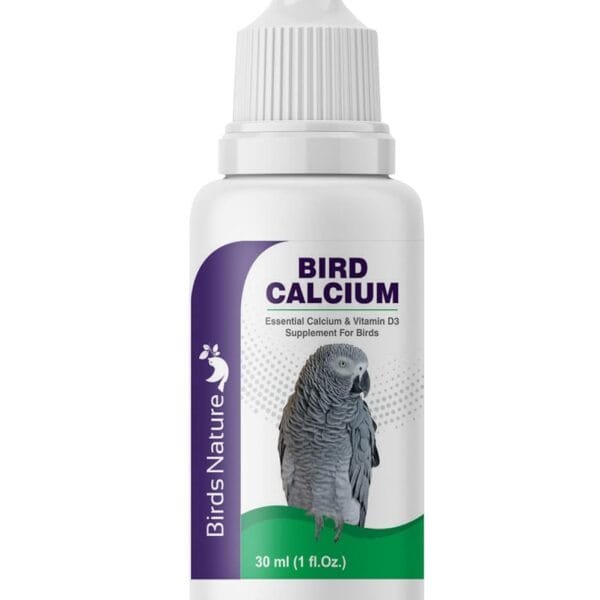Red-breasted Parakeet
The Red-breasted Parakeet (Psittacula alexandri) is a medium-sized (33-38 cm), strikingly colorful parrot native to Southeast Asia. Males display a pinkish-red breast, greyish-purple head, and emerald green body, while females have a duller coloration with less red. Known for their loud, shrill calls and active nature, these parakeets require spacious enclosures and plenty of mental stimulation. They thrive on a varied diet of fruits, vegetables, and quality pellets, and can live 25-30 years with proper care. While not as prolific talkers as some parrots, they can learn simple words and mimic sounds.
| ESSENTIAL FACTS | |
|---|---|
| Scientific Name | Psittacula alexandri |
| Size/Weight | 33-38 cm (13-15 in) | 120-140g |
| Lifespan | 25-30 years |
| Native Range | SE Asia (India to Indonesia) |
| IDENTIFICATION | |
| Male | Pink-red breast, grey-purple head, green body, black chin stripe |
| Female | Duller colors, less red on breast, pale yellow beak |
| Juvenile | Green throughout, develops adult colors at 18 months |
| DIET | |
| Base Diet | 50% pellets, 30% vegetables, 15% fruits, 5% seeds/nuts |
| Favorite Foods | Papaya, corn, leafy greens, millet spray (treat) |
| Foods to Avoid | Avocado, chocolate, caffeine |
| HOUSING | |
| Cage Size | Minimum 36″W × 24″D × 48″H |
| Essential Features | Horizontal bars, multiple perches, chewable toys |
| Ideal Setup | Aviary with flight space (6+ ft long) |
| BEHAVIOR | |
| Talking Ability | Fair (can learn 10-20 words) |
| Noise Level | Loud, piercing calls (especially mornings) |
| Social Needs | 1-2 hours daily interaction |

Showing all 4 results
Showing all 4 results
🦜 Red-breasted Parakeet Care Guide
Essential care tips for your colorful companion
🌿 Daily Care Routine
- Fresh Food & Water: Provide 1/4 cup pellets + 1/3 cup chopped veggies/fruits in morning
- Water Change: Replace water twice daily (they often dunk food)
- Exercise: Minimum 2 hours supervised out-of-cage time
- Social Time: 30+ minutes interactive play/training
🗓️ Weekly Must-Dos
- Deep Clean: Disinfect cage trays and perches with bird-safe cleaner
- Bathing: Offer spray shower 3x/week (they love misting)
- Toy Rotation: Swap out 50% of toys to prevent boredom
- Weight Check: Healthy range: 120-140g
🍎 Diet Tips
- Pellet Base: Harrison’s or Zupreem (50% of diet)
- Veggie Mix: Chopped kale, corn, bell peppers (30%)
- Fruit Treats: Papaya, mango, berries (15%)
- Healthy Seeds: Millet spray (limited to 5%)
- Calcium Source: Provide cuttlebone at all times
🏠 Housing Tips
- Cage Size: Minimum 36″W × 24″D × 48″H (bigger preferred)
- Bar Spacing: 5/8″ to 3/4″ (prevent escape)
- Perches: Various diameters (0.5-1.5″) for foot health
- Toys: 5+ including wood blocks, rope, and foraging puzzles
- Location: Avoid drafts/direct sunlight, place at eye level
💡 Behavior & Training Tips
- Taming: Use millet sprays to build trust (initially shy)
- Speech Training: Repeat simple words daily (best in mornings)
- Biting Prevention: Redirect with toys when nippy
- Noise Management: Cover cage partially during loud periods
- Enrichment: Hide food in paper cups or leaf wrappers
❤️ Health Tips
- Weekly Checks: Bright eyes, clean nostrils, smooth feathers
- Warning Signs:
- Fluffed feathers for hours
- Changes in droppings
- Loss of appetite
- Vet Visits: Annual checkups + fecal tests
- Emergency Prep: Keep avian vet contact handy
💎 Pro Tip: Use natural wood perches from safe trees (manzanita, dragonwood) to help wear down nails naturally!










